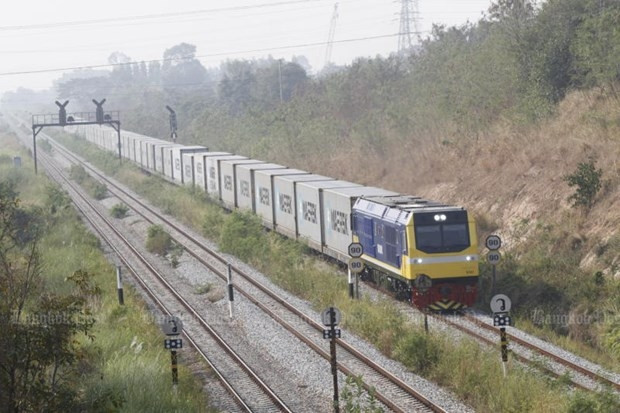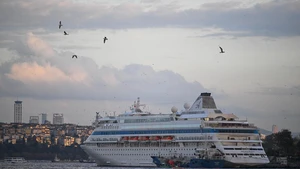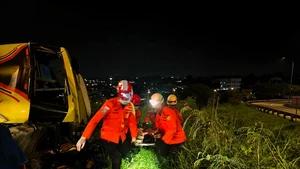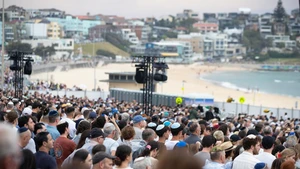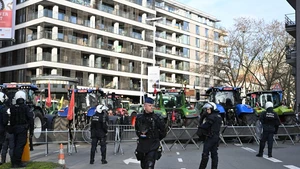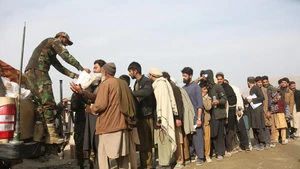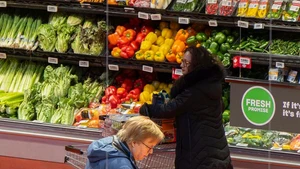The Bangkok Post quoted Kittiphan Panchan, the department’s director-general, as saying that an 80-rai site at the Nong Khai railway station would be developed as a depot to handle international trade.
A transshipment yard would be constructed to handle goods being carried on Thai trains and those from China, he said.
The country is also planning a new bridge over the Mekong River for trains, about 30 metres from the present Thai-Lao Friendship Bridge, he added.
Trains between Nong Khai station and the Thanaleng border station in Laos now share the bridge with motor vehicles crossing between the two countries.
The department did not give a timeline for the projects, but there is new urgency since the 471-km Laos-China rail line is nearly completed. The first train from China to Vientiane is scheduled to arrive on December 2 to celebrate Laos' National Day. A section of the track is to be extended from the Lao capital to the border with Thailand.
The Lao-China railway is part of a trans-Asian network under the Belt and Road Initiative spearheaded by China to connect its rail system with Southeast Asia. Ultimately, Thai authorities envision an upgraded line that would move goods between China and the Laem Chabang deep-sea port on the Eastern Seaboard. But work in Thailand is years behind schedule.
Thailand now expects to be able to connect with Laos and China in 2028 when the first high-speed train line from Bangkok to Nong Khai is completed. The first section of the high-speed line is under construction from Bangkok to Nakhon Ratchasima, and could be in service by 2026.
The high-speed trains in Thailand will be able to run at a maximum speed of 250 kilometres per hour, while the trains in Laos will top out at 160 km/h.
The Thai government expects the rail connection to promote more trade and tourism between Thailand and China.
